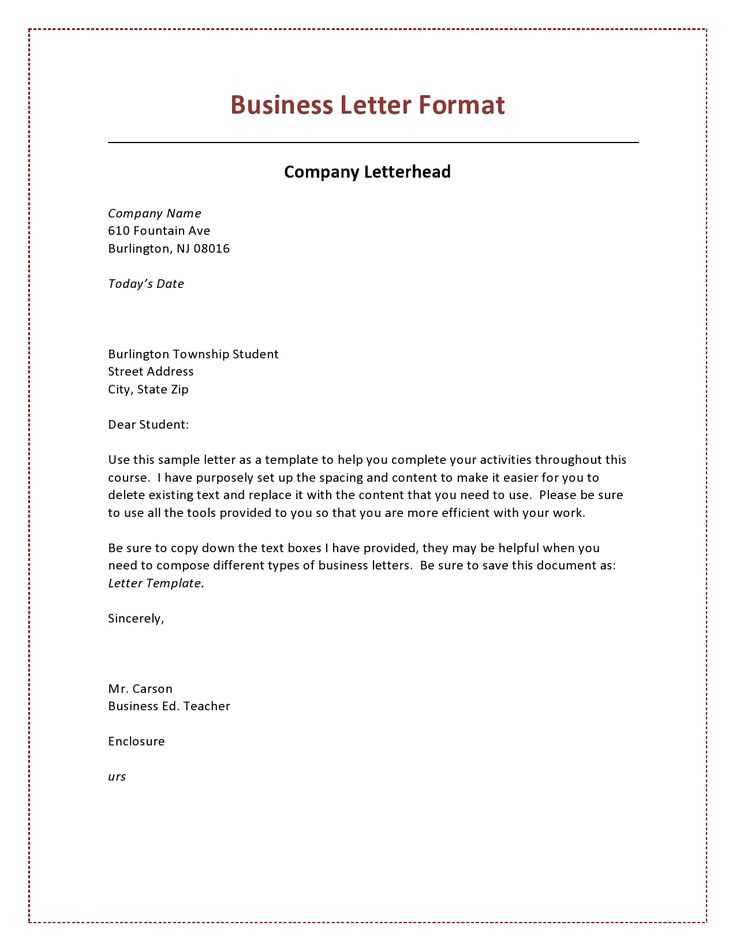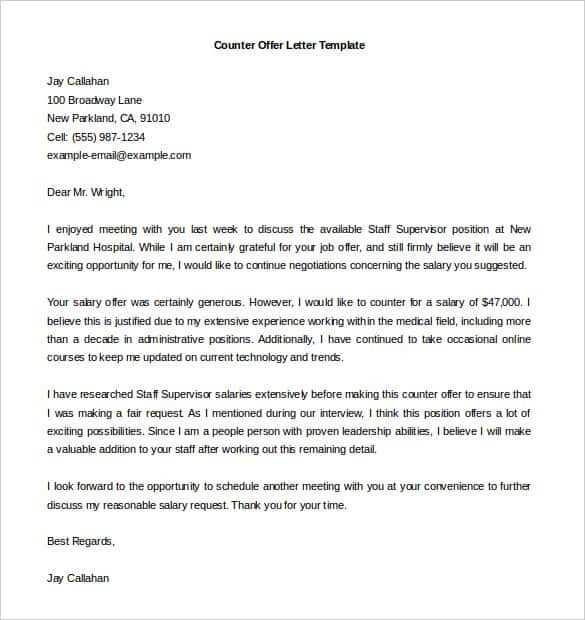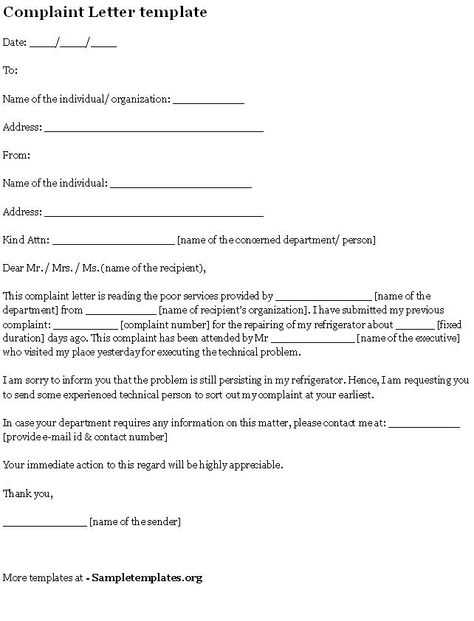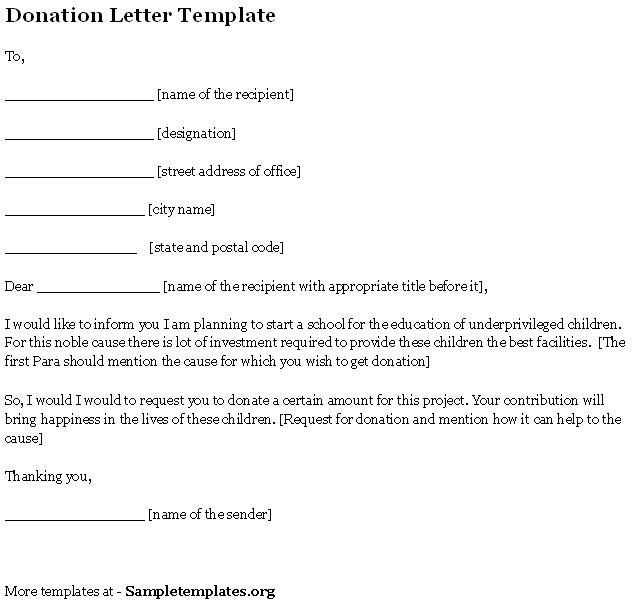Unsent Letter Template to Express Your Emotions

Writing down your feelings can be a powerful tool for self-expression and emotional release. Whether you’re addressing someone who may never see your words or simply putting your thoughts on paper, this act offers a way to process emotions without the pressure of communication. This type of writing serves as a therapeutic outlet, allowing you to release bottled-up feelings and reflect on personal experiences.
Why People Choose This Form of Writing

Many find that putting their emotions in writing helps them gain clarity. It can be an act of letting go or a way to organize complex feelings. Some might write without the intention of sending, but rather to sort through a challenging moment in their life. Here are some common reasons for engaging in this type of writing:
- Closure: Writing can help people gain closure when they’re unable to express themselves directly.
- Healing: Expressing difficult emotions allows individuals to begin the process of emotional recovery.
- Reflection: It provides a moment to reflect on past events and understand them more clearly.
Getting Started with Your Message

When crafting your message, there is no set structure to follow. However, some prefer to start by addressing their feelings, describing the situation, or explaining their thoughts clearly. This helps set a foundation for understanding the reasons behind their emotions. Focus on how the experience has affected you and what you need from the expression of these thoughts.
What to Include in Your Writing

Your written piece can vary in length, from a short paragraph to a more detailed account. Key elements often include:
- Honesty: Be truthful about your emotions, no matter how complex or difficult.
- Clarity: Express your feelings in a way that makes sense to you, even if it’s not perfect.
- Forgiveness or Understanding: If applicable, consider offering forgiveness or seeking understanding within your words.
How This Act Benefits Emotional Well-Being
Putting your emotions into writing can be deeply beneficial for mental health. By expressing thoughts that may be too hard to say aloud, individuals can relieve emotional pressure. This practice can also help improve self-awareness and encourage emotional growth. Over time, it may lead to increased emotional resilience, as writing often reveals patterns and insights into one’s own reactions and feelings.
Ultimately, the act of writing provides a private space for releasing emotions and gaining understanding. It offers an opportunity for self-care, reflection, and healing. Whether or not the words are ever shared, the process itself can be incredibly freeing.
Why Use an Unsent Note Format
Steps for Composing an Unsent Message
How Unsent Letters Support Emotional Release
Common Motivations for Writing Unsent Notes
What to Add in Your Unsent Message
How Unsent Notes Facilitate Closure

Writing without the intention to send can be a powerful means of self-reflection and emotional release. It allows individuals to articulate thoughts and feelings that might otherwise remain unspoken. This type of writing helps create a space for clarity, offering emotional relief and insight into complex experiences.
When composing such a message, it’s essential to approach it without pressure or expectation. Begin by reflecting on the emotions that led to this act. Allow the thoughts to flow freely, without worrying about perfection. The primary goal is to express feelings and gain insight into one’s emotional state. The structure can vary, from a brief expression to an extensive reflection, depending on personal needs.
These writings support emotional release by providing an outlet for pent-up feelings. Whether anger, regret, or confusion, writing allows individuals to safely express their emotions, reducing internal tension. It acts as a release valve for emotional buildup, fostering a sense of relief.
There are numerous reasons why people engage in this kind of expression. Some may use it as a way to cope with unresolved issues, others to find closure after a difficult situation. For many, it is simply a way to understand their emotions better or gain perspective on a past event. This writing can be an important step in processing grief, anger, or frustration.
What you include in the message can vary, but key elements typically involve the emotions felt during the experience. It’s helpful to describe how the situation impacted you, what you wish had been different, or even the lessons learned. If necessary, offering forgiveness or seeking understanding can provide further emotional clarity.
Ultimately, these written expressions facilitate closure. By confronting emotions through words, individuals can create a sense of resolution. Even though the message may not be sent, the act of writing it allows for a symbolic release, helping to move forward from emotional experiences with a clearer mindset.